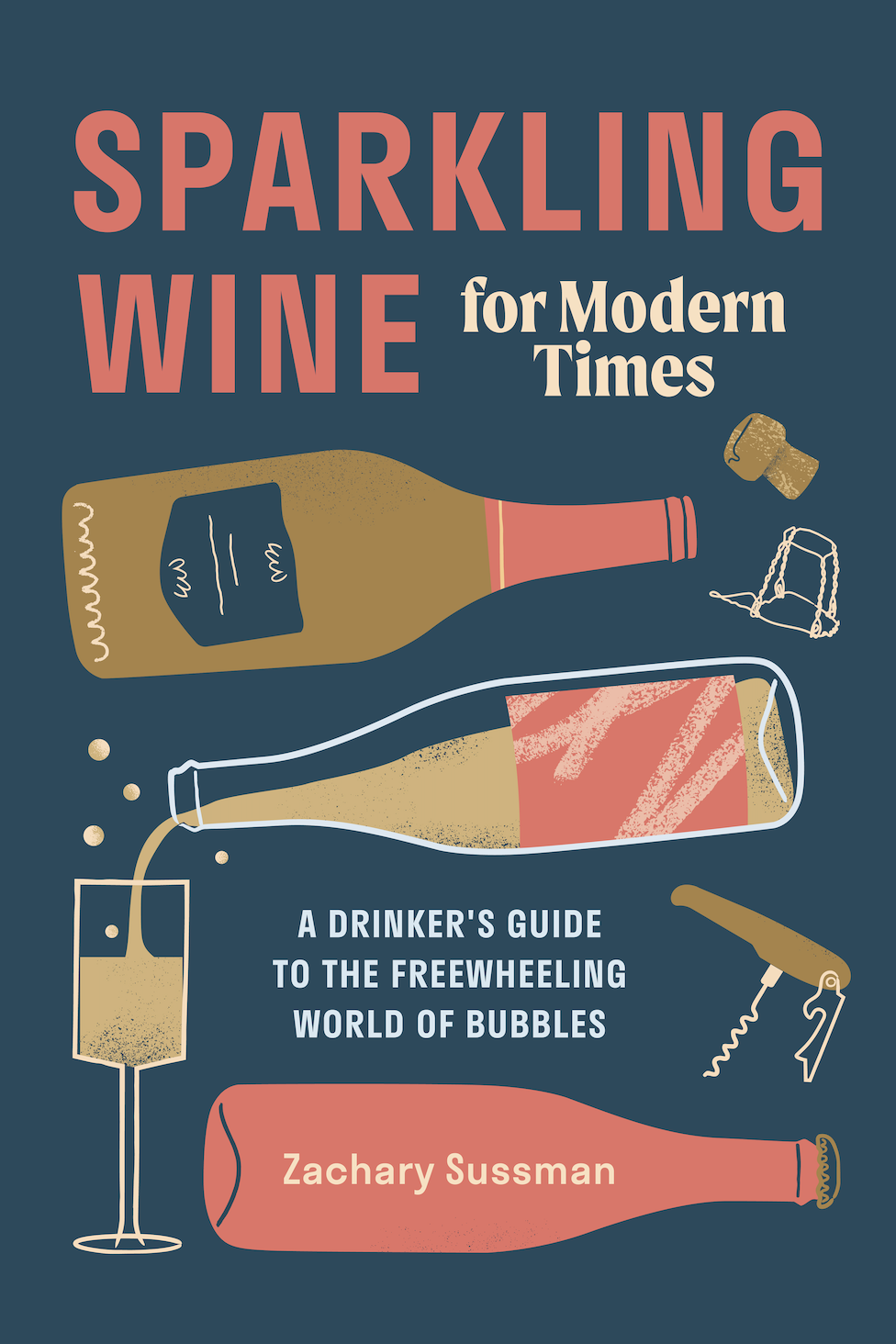How to Order From a Restaurant Wine List Like a Pro
OCTOBER 3, 2017 | Article: Zachary Sussman
Remember these tips to do everything from get the best value bottle to pick the best pairing for your meal.
Teroldego. Listan Negro. Morey Saint Denis 1er Cru “Les Millandes.” Niederhäuser Hermannshöhle Riesling Spatlese.
Unless you’re already fluent in “sommelier,” these words and phrases probably read like gibberish to you. And yet, as the wine world continues to diversify and expand at a breakneck pace, it increasingly feels like you need the vinous equivalent of the Rosetta Stone just to open up a restaurant wine list and decide what to drink.
Here’s the good news, though: In today’s golden age of wine consumption, it’s possible to drink far better and more interestingly than ever before. And with just a little bit of savoir-faire, it’s possible to “hack” just about any restaurant wine list, leaving the days of ordering the second-cheapest bottle far behind you. Here tips to remember when trying to navigate a restaurant wine list.
Avoid Your Comfort Zone
In high-stress situations, it’s human nature to fall back upon the familiar and comforting. In wine terms, this means the usual roster of widely recognizable regions and name-brands usually considered “safe bets”: I’m talking about your Sancerres and your Napa Cabs, your Chardonnays and your Pinot Grigios.
Within the context of the economics of a wine list, however, this very understandable instinct will almost surely lead you astray. As a general principle, restaurants know that they can get away with charging a premium for the sorts of “basic” wines toward which the masses will order almost automatically. What’s more, these selections generally only appear on wine lists out of necessity, in order to meet a popular demand, rather than reflect the passion and curiosity of the individual who organized the list in the first place.
So even if wading outside of your “comfort zone” might feel scary, the world of unpronounceable varieties and “off-the-radar” zones of production will probably offer far better value for your money. When you see, say, an Austrian Blaufränkisch (Blahw-FRAHN-keesh, FYI) or Spanish Mencia hovering next to that bottle of Merlot, you can safely assume that someone had a good reason for putting it there: it’s going to be delicious.
Think Locally
One of the perennial (if sometimes over-quoted) mottos of the wine world is “What grows together goes together.” Having evolved alongside one another for hundreds of years, an area’s wine culture and its culinary traditions will always have a symbiotic relationship. This means that the most surefire way to match your bottle to your meal is to think in terms of regional origins.
Of course, I’ll admit that it helps when the list in question is organized by area, allowing you to place each bottle on a map. But even a little bit of geographical knowledge goes an extremely long way.
Let’s say you’re at an Italian restaurant— or, that you’ve at least ordered a course with strong Italian influences. Well, it should go without saying that you want an Italian wine. But beyond that, try to think in specific regional terms. Are the ingredients more on the Mediterranean side—olives and tomatoes and capers? Those geographical cues should steer you towards Southern Italy— a bottle from Sicily, for instance, or Campania. Are you having a buttery sage risotto instead? If so, a white from the top of the Boot— say, a Soave from the Veneto region— will definitely do the trick.
Price and Vintage
Once you’ve narrowed the choice down to a general part of the globe, you can begin to consider the relevant numbers: vintage and cost.
Given the way restaurants structure wine pricing, it’s a lot easier to get away with overcharging for a less expensive bottle. As a result, the “sweet” spot for value is rarely found at the cheapest end of the spectrum.
I hate to be the one to say it, but that $38 bottle you’re tempted to order has probably been marked up at three or even four times the price at which the restaurant purchased it. To be clear, this doesn’t mean it’s necessary to take out a second mortgage to afford a decent bottle of wine; any respectable establishment should be able to deliver quality regardless of price point. But from a purely financial perspective, the $70-$120 range typically offers the most “bang for the buck,” if you’re able to afford the splurge.
Which brings us to the question of vintage. Unless you’re planning to spend a small fortune on some mature Nebbiolo that’s been slumbering in the cellar for the past several decades, chances are that whatever you end up picking won’t require much bottle age. So, for whites and reds alike, don’t worry too much about selecting the right year; in general, as long as you’re within the two or three most recent vintages, you won’t encounter any problems.
The Sommelier Is Your Friend
I know that we all want to look like that super suave guy or gal who sits down at the table and immediately knows exactly which of those indigenous northern Italian whites— the Pigato or the Verdicchio—will perfectly complement the seafood pasta dish our date just ordered.
But in reality, the whole point of dining out is to enjoy the full scope of the restaurant’s offerings. And we tend to forget that a huge part of that experience— for which, it’s worth mentioning, we’re paying good money—is the wine service.
So whether restaurant where you’re dining employs a full-time sommelier or not, don’t be afraid to ask questions. After all, we call it the “service industry” for a reason: The passion of any somm, server, or bar manager worthy of the title is, well, to be of service. When in doubt, the best possible advice is to strike up a conversation, ask for suggestions, and enjoy letting someone else do the work.







